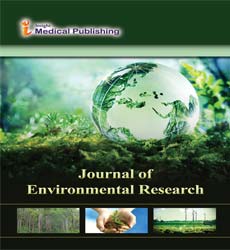Effectiveness of protected areas in the preservation of Mimusops species habitats under climate change.
Abstract
Understanding shifts in the habitats of useful and threatened species under climate change and how well protected areas (PAs) preserve these habitats is relevant for guiding sustainable management actions. Here we assessed potential changes in the suitable habitats of Mimusops andongensis and M. kummel as well as changes in habitats covered by PAs, in Benin, under climate change scenarios. Fifty seven occurrence points were collected for M. andongensis and 81 for M. kummel. Associations with 19 bioclimatic (from WorldClim database) and six soil variables (from World Soil Information website) were analyzed using niche modelling and gap analysis. Predictions showed affinity of suitable areas with water lines, suggesting that components of soil texture and chemical properties should be considered during modelling. For M. andongensis suitable areas are confined to the Guineo- Congolian zone, while for M. kummel they are mostly located in the Guineo-Sudanian zone and absent from the driest part of the Sudanian zone. Under climate change, moderately to highly suitable areas (probability of occurrence of species > 20%) covered by PAs will decrease in the case of M. andongensis, but remain stable for M. kummel. In Benin, PAs are under threat from exploitation and uncontrolled bushfires, which may also affect populations of the two species. Consequently, additional actions are required, including the monitoring of species populations and the extent of different pressures, and the regularization of access to PAs. Populations of these species outside PAs should also be given consideration because of their very limited abundanc
Open Access Journals
- Aquaculture & Veterinary Science
- Chemistry & Chemical Sciences
- Clinical Sciences
- Engineering
- General Science
- Genetics & Molecular Biology
- Health Care & Nursing
- Immunology & Microbiology
- Materials Science
- Mathematics & Physics
- Medical Sciences
- Neurology & Psychiatry
- Oncology & Cancer Science
- Pharmaceutical Sciences
